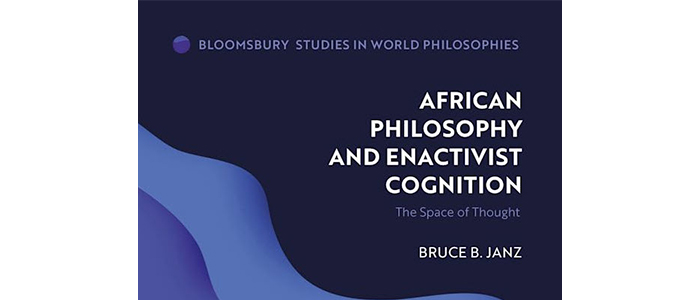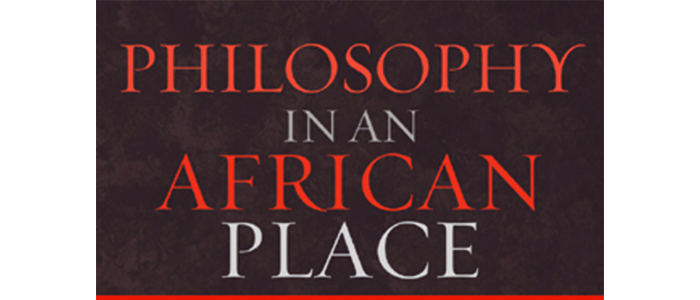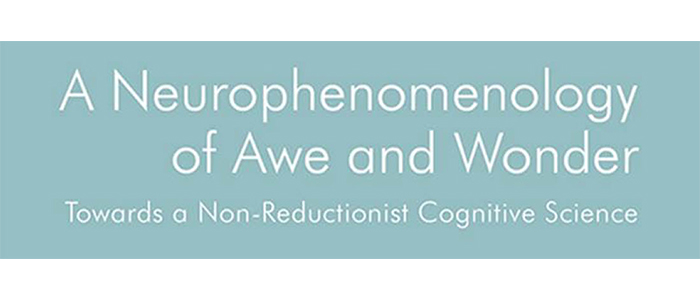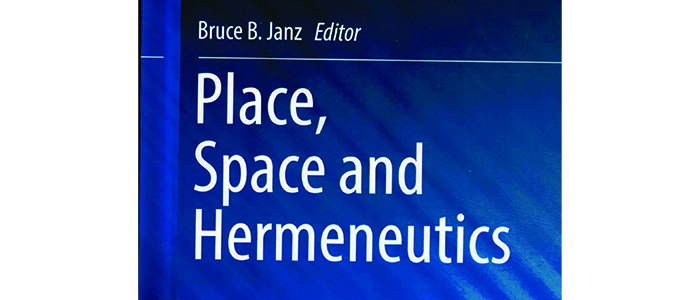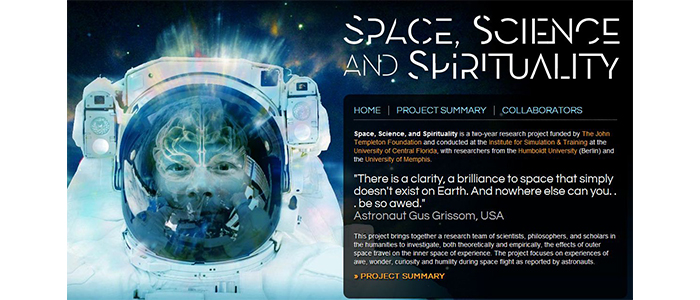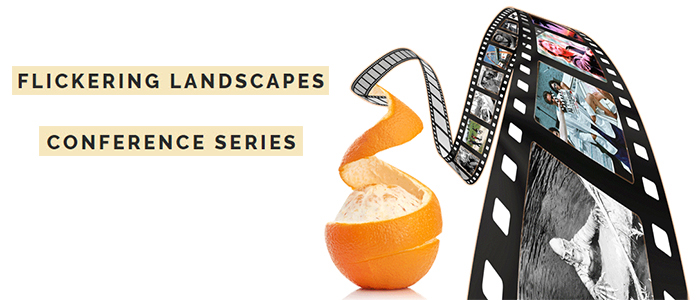What is a Scholarly Source?
When I use the term “scholarly source”, I mean a source that is peer reviewed or published in a recognized scholarly source, like a journal or a university publisher. How do you tell the difference between a scholarly source and other sources? Well, the library has a chart that might help, at least in telling the difference between scholarly journals and popular magazines. Here are a few other tips:
1. Is the journal published by a scholarly association or society, or a university, or a recognized scholarly publisher? If it is not one of these, then it may not be a scholarly journal. Now, you might not know all of the scholarly associations or publishers, so you might have to apply some other criteria…
2. Are the articles reviewed in some way? You may well find a statement in the masthead about reviewing policy. If the articles are sent out to “peers”, or other members in a field, for anonymous review, that’s a good indication that the journal is scholarly.
3. What are the articles like? Are they written for an academic audience, or for a popular audience? How do they use evidence or support? Are the citations clear and abundant (in general – not every article will necessarily be like this).
4. What if it is a book you are looking at? Well, same thing about the publishers – there are some recognized academic publishers that regularly send work to peer reviewers before it is published. Some of these are university presses, others (e.g., Routledge, Blackwell, Peter Lang, etc.) are not associated with universities, but are still excellent academic publishers.
5. Is a course text a scholarly source? If it is a textbook written for classroom use, probably not. It is intended as a teaching tool. It should not be used in a paper, although you can use the references in the textbook to look in more scholarly sources. However, sometimes professors assign classic works as classroom reading. These are works not originally written for classroom use, and can be used in a paper. When in doubt, ask the professor.
The key in looking for a scholarly source is to identify the mechanisms used to ensure that the article is of a high standard. Sometimes we just trust the reputation of a journal or publisher, and sometimes we actually look for a statement about the review process. Magazines, in general, do not have a review process, and their material is meant for a wider audience. It may be valuable, but it is not scholarly.
Are internet sources scholarly?
Now, what about sources from the internet? These can be harder to deal with. First, the easy ones. There are some scholarly journals that publish a web version, and in some cases they only publish a web version. The fact that the journal is on the web should not necessarily detract from using it. The real issue is still the scholarly process it has gone through. This certainly applies to articles you may find using one of the article databases in the library. Most journals now provide on-line versions, and these are as reliable and acceptable as their hard-copy equivalents.
Sometimes you will find papers on the web that are not published. Some of these are papers in various stages of completion. Others are papers that have been published. If a paper is published, then (usually) it has gone through a review process, and it is fine to use. But other papers I have up are just drafts, and have yet to go through that process. They are what we sometimes call “pre-prints”, that is, a release of a paper before publication, meant for discussion. These should not be used as scholarly sources, although in some cases you may find that the writer has actually published the paper. Then it’s ok. Drafts, though, are works in progress, almost guaranteed to change, and should not be trusted.
Now, how about articles in zines? They are likely not scholarly – again, the review process is the key. Anyone can put anything up on the internet, and so the review process is all the more important.
How about reference works like Wikipedia or Encyclopedia Britannica? Let’s take Wikipedia first. A wiki is a community-edited document, one which anyone can add to or change. That’s not exactly peer review, because the reviewers aren’t necessarily people who have studied an area. Wikipedia might, though, give you ideas to follow up elsewhere, and that’s fine. But I wouldn’t use it as a scholarly source. Encyclopedia Britannica: It has a real editorial staff, and high quality articles. It is, however, a general encyclopedia, and so its purpose is to meet the needs of a general audience, not a specialist audience. For philosophy, for instance, it is a better idea to use either the Routledge Encyclopedia of Philosophy, or one of the two major on-line encyclopedias of philosophy (which are, by the way, reviewed), the Stanford Encyclopedia of Philosophy and the Internet Encyclopedia of Philosophy.
You should be quite suspicious of other works on the web. Just typing something into Google will not give you reliable results. You might, though, look for portal pages for particular topics or issues. Sometimes academics will make pages of the best resources on the web. These can be useful, but even many of these resources are not likely peer reviewed, and so would probably not be up to the level required for your papers.
Many students are tempted to do all their work with web-based sources. This is a mistake. Even with a lot of work being put on the web, there is no substitute for the library. Make sure to use it.
Here are some other resources on scholarly sources:
- What is a Scholarly Source?
- What is a Scholarly Source?
- Distinguishing Scholarly Journals from Other Sources
